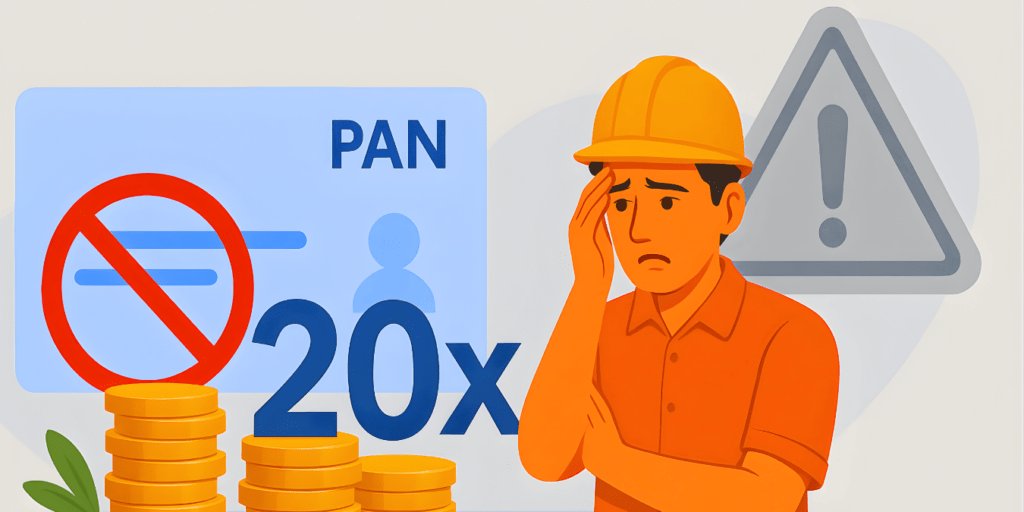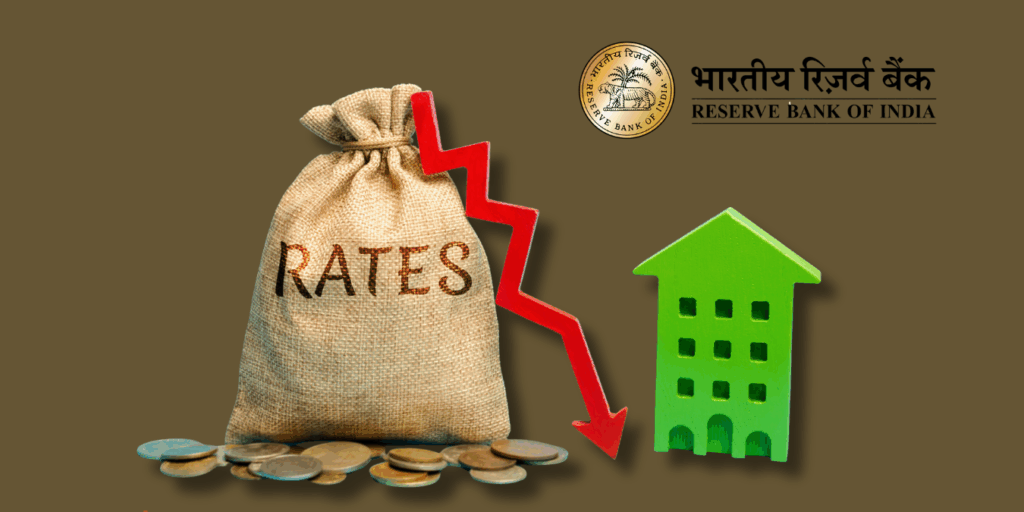
Which Indian stocks will soar or stumble this Friday? Uncover the secrets behind Wipro’s profit surge, Axis Bank’s breakout potential, and IHCL’s tourism-driven rally. Will global trade deals and US tariffs reshape the market? Dive into our suspenseful analysis of top picks, risks, and peer comparisons to seize opportunities in a volatile market. Stay ahead—discover the stocks driving India’s financial future!
The Indian stock market on July 18, 2025, is poised for a dynamic trading session influenced by a mix of domestic corporate developments, global economic trends, and geopolitical factors. This analysis identifies key stocks to watch, drawing from recent market updates, expert recommendations, and macroeconomic indicators. The report also evaluates global and Indian news impacting the market, provides a detailed pros and cons analysis, and compares these stocks with their peers.
Top Stocks to Watch on July 18, 2025
Based on recent market insights and expert recommendations, the following stocks are highlighted for significant potential price movements or investor interest on July 18, 2025, focusing on companies with recent earnings updates, strategic announcements, or sector-specific momentum.
1. Wipro
Sector: Information Technology
Overview: Wipro, a leading IT services provider, reported a Q1 FY26 net profit increase of approximately 11% year-on-year (YoY) to ₹3,330 crore, though revenue remained flat. The company’s focus on improving margins and leveraging growth in digital transformation services positions it as a stock to watch.
Analysis: Wipro’s stable performance amidst a challenging IT sector environment reflects its resilience. The flat revenue growth indicates cautious client spending, but the profit growth suggests effective cost management. Technical indicators show support at ₹500 and resistance at ₹580, with a Relative Strength Index (RSI) indicating potential for a short-term upward move if momentum persists.
Pros:
- Strong profit growth despite flat revenue.
- Diversified service offerings with a focus on AI and cloud computing.
- Attractive valuation with a P/E ratio of approximately 22, lower than peers like TCS.
Cons: - Flat revenue growth signals demand slowdown.
- Exposure to global economic uncertainties impacting IT spending.
- Competitive pressure from larger peers like Infosys and TCS.
Recent News: Wipro’s strategic partnerships with global tech firms and its investment in generative AI solutions are expected to drive long-term growth, though near-term volatility may persist due to global IT spending trends.
2. Axis Bank
Sector: Banking
Overview: Axis Bank, a major private sector bank, is in focus due to its recent business updates showing robust loan and deposit growth. The bank’s loan book expanded by 14% YoY to ₹4.45 lakh crore as of June 30, 2025, with steady deposit growth.
Analysis: The bank’s performance reflects strong domestic demand for credit, supported by India’s economic growth. Technical analysis indicates a breakout above ₹1,200, with support at ₹1,100 and a target of ₹1,300 in the near term. The bank’s focus on digital banking and retail lending strengthens its growth outlook.
Pros:
- Strong loan and deposit growth, indicating robust fundamentals.
- Leadership in digital banking enhances operational efficiency.
- Attractive P/E ratio of 13.5 compared to banking sector averages.
Cons: - Moderation in low-cost deposit growth could pressure margins.
- Sensitivity to interest rate changes and RBI policy shifts.
- Competition from public sector banks with aggressive lending strategies.
Recent News: Anticipation of a potential US-India trade deal could boost investor sentiment in financial stocks, as it may enhance foreign institutional investor (FII) inflows.
3. Indian Hotels Company (IHCL)
Sector: Hospitality
Overview: IHCL, the operator of Taj Hotels, reported a 19% YoY increase in Q1 net profit to ₹296 crore, with revenue surging 32% due to strong seasonal demand in the hospitality sector.
Analysis: The hospitality sector is benefiting from a rebound in domestic and international tourism. IHCL’s premium brand positioning and expansion plans make it a strong contender. Technical indicators suggest a bullish trend with support at ₹600 and resistance at ₹700.
Pros:
- Strong revenue and profit growth driven by tourism recovery.
- Premium brand portfolio with global recognition.
- Expansion into tier-2 cities enhances market reach.
Cons: - Seasonal volatility in hospitality earnings.
- High operational costs due to premium service offerings.
- Exposure to geopolitical risks affecting international tourism.
Recent News: Positive domestic consumption trends and government initiatives to boost tourism are likely to support IHCL’s growth trajectory.
4. Jio Financial Services
Sector: Financial Services
Overview: Jio Financial Services, a Reliance Group company, is gaining attention due to its potential breakout and strategic moves in digital finance and lending.
Analysis: The company’s focus on fintech and digital lending aligns with India’s growing digital economy. Technical analysis shows a breakout above ₹350, with a target of ₹400 in the short term. Its diversified financial services portfolio positions it for long-term growth.
Pros:
- Backing by Reliance Industries ensures financial stability.
- Strong growth potential in digital lending and fintech.
- Attractive risk-reward ratio based on technical setups.
Cons: - Relatively new player in a competitive financial services market.
- Regulatory risks in the fintech space.
- Dependence on parent company’s strategic direction.
Recent News: Analyst recommendations from Mirae Asset Sharekhan highlight Jio Financial’s breakout potential, supported by India’s digital economy growth.
5. LTIMindtree
Sector: Information Technology
Overview: LTIMindtree, formed by the merger of L&T Infotech and Mindtree, is in focus due to its Q1 FY26 performance and strategic focus on digital transformation and AI-driven solutions.
Analysis: The company’s mixed Q1 performance, with modest profit growth, reflects challenges in the IT sector. However, its focus on next-gen technologies positions it for recovery. Technical indicators show support at ₹5,000 and resistance at ₹5,500.
Pros:
- Strong focus on AI and digital transformation aligns with global trends.
- Diversified client base across industries.
- Potential for margin improvement with operational efficiencies.
Cons: - Slower-than-expected revenue growth in Q1.
- High valuation (P/E ~30) compared to peers.
- Exposure to global IT spending slowdown.
Recent News: Strategic partnerships with global tech firms and investments in AI are expected to drive future growth, though near-term challenges persist.
Global and Indian News Impacting the Indian Stock Market
Global International News
- US-India Trade Deal: US President Donald Trump’s announcement of a potential trade deal with India is a significant driver of market sentiment. A deal could reduce tariffs and boost FII inflows, benefiting sectors like banking, IT, and textiles. However, uncertainties around tariff negotiations could introduce volatility.
- US Tariff Policies: Trump’s imposition of tariffs on countries like Bangladesh (35%) and threats of higher tariffs on pharmaceuticals could impact Indian exporters, particularly in textiles and pharma. This may enhance competitiveness for domestic textile players but pose challenges for pharma companies like Aurobindo Pharma.
- Crude Oil Prices: Global crude oil prices remain volatile, with Brent crude at $68.58 per barrel and WTI at $66.88 as of July 4, 2025. An anticipated OPEC+ production increase of 411,000 barrels per day in August could further pressure prices, benefiting oil-importing countries like India but impacting oil and gas stocks.
- Global Economic Outlook: High US interest rates and persistent inflation are driving capital away from emerging markets, including India. However, Morgan Stanley’s optimistic outlook for Indian equities, projecting a Sensex target of 105,000 by December 2025, suggests a recovery in 2025 driven by domestic fundamentals.
Indian News
- Corporate Earnings: Q1 FY26 earnings from IT giants like Wipro, LTIMindtree, and TCS are critical. Mixed performances, with profit growth but flat revenues, reflect cautious global IT spending. These results will influence investor sentiment in the IT sector.
- Monetary Policy and Inflation: The Reserve Bank of India’s (RBI) easing measures and a benign inflation outlook provide a supportive backdrop for equities. However, rising inflation could pressure discretionary spending, impacting sectors like FMCG and retail.
- Government Initiatives: The Indian government’s focus on infrastructure, renewable energy, and production-linked incentives (PLI) continues to support sectors like manufacturing and electricals. These initiatives could drive long-term growth in related stocks.
- Sectoral Trends: The hospitality sector is benefiting from tourism recovery, while financial services are gaining from digital adoption. However, auto and pharma sectors face challenges due to US tariffs and raw material volatility.
Pros and Cons Analysis
The following table summarizes the pros and cons of the top stocks to watch, providing a clear overview for investors.
| Stock | Pros | Cons |
| Wipro | Strong profit growth, focus on AI, attractive valuation | Flat revenue, global IT spending slowdown, competitive pressure |
| Axis Bank | Robust loan growth, digital banking leadership, attractive P/E | Moderation in low-cost deposits, interest rate sensitivity |
| IHCL | Strong revenue growth, premium brand, tourism recovery | Seasonal volatility, high operational costs, geopolitical risks |
| Jio Financial | Reliance backing, digital lending growth, breakout potential | New market entrant, regulatory risks, dependence on parent company |
| LTIMindtree | AI and digital focus, diversified clients, margin improvement potential | High valuation, slow revenue growth, global spending slowdown |
Comparison with Peers
The table below compares the selected stocks with their peers based on key financial metrics, market positioning, and growth potential as of July 18, 2025.
| Stock | Sector | P/E Ratio | 52-Week High (₹) | Market Cap (₹ Cr) | Peer Comparison |
| Wipro | IT | 22 | 580 | 2,80,000 | TCS (P/E: 30): Higher valuation, stronger revenue growth; Infosys (P/E: 25): Better margins but similar demand challenges. |
| Axis Bank | Banking | 13.5 | 1,300 | 3,50,000 | HDFC Bank (P/E: 18): Larger scale, higher valuation; ICICI Bank (P/E: 16): Strong retail focus but similar growth. |
| IHCL | Hospitality | 60 | 700 | 90,000 | EIH Ltd (P/E: 50): Smaller scale, similar tourism-driven growth; Lemon Tree (P/E: 70): Focused on mid-segment, higher valuation. |
| Jio Financial | Financial Services | 120 | 400 | 2,00,000 | Bajaj Finance (P/E: 30): Established player, lower valuation; Paytm (P/E: N/A): Higher risk, digital focus. |
| LTIMindtree | IT | 30 | 5,500 | 1,50,000 | HCLTech (P/E: 25): Stronger AI focus, better margins; Tech Mahindra (P/E: 28): Similar growth challenges. |
Market Outlook and Investment Considerations
The Indian stock market on July 18, 2025, is influenced by a mix of optimism and caution. The potential US-India trade deal and RBI’s supportive policies provide a positive backdrop, but global uncertainties, including US tariffs and crude oil price volatility, could introduce short-term volatility. Investors should focus on:
- Sectoral Opportunities: Hospitality and financial services are poised for growth due to domestic consumption and digital adoption. IT stocks offer value but face global headwinds.
- Risk Management: Maintain stop-loss levels to mitigate volatility risks, especially in high-valuation stocks like Jio Financial and LTIMindtree.
- Long-Term Perspective: India’s strong macroeconomic fundamentals, as highlighted by Morgan Stanley, suggest a recovery in 2025, making selective investments in fundamentally strong stocks attractive.
Final Thought
The stocks highlighted—Wipro, Axis Bank, IHCL, Jio Financial Services, and LTIMindtree—offer a mix of growth potential and risks, driven by sector-specific trends and broader market dynamics. Investors should carefully assess technical indicators, corporate developments, and global news to make informed decisions. The Indian stock market’s resilience, supported by domestic fundamentals, positions it well for recovery, but near-term volatility requires a disciplined approach to risk management.
Disclaimer: Investments in securities are subject to market risks. Past performance is not a guarantee of future results. Consult a qualified financial advisor before making investment decisions.































